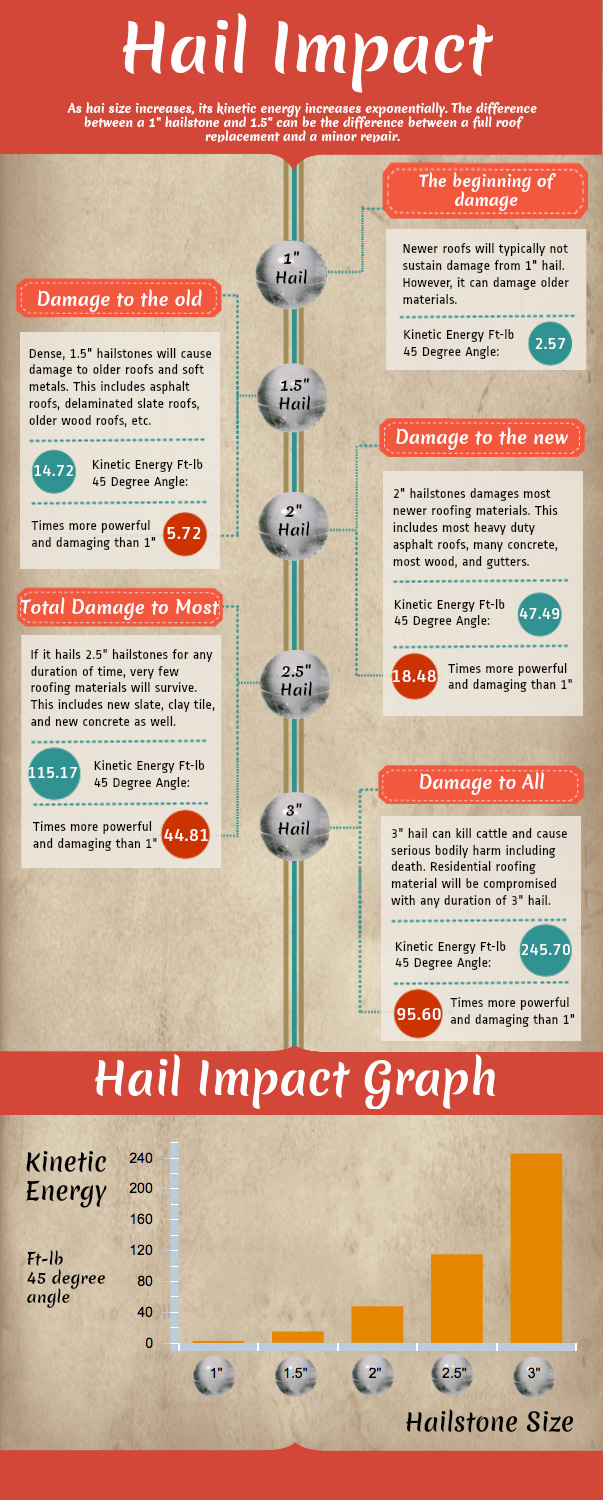Disregarding Roof Covering Air Flow Can Lead To Costly Damages; Discover The Key Elements That Assure An Effective Installation And Safeguard Your Financial Investment
Disregarding Roof Covering Air Flow Can Lead To Costly Damages; Discover The Key Elements That Assure An Effective Installation And Safeguard Your Financial Investment
Blog Article
Content Author-Morrow Walls
When you're dealing with a roofing job, you could not think much about roofing air flow, but it's even more crucial than you realize. Efficient air flow assists control temperature and wetness in your attic room, protecting against problems like mold and mildew and architectural damage. By understanding just how to make and mount a balanced ventilation system, you can improve power efficiency and extend the life-span of your roof products. So, what are the essential variables to think about throughout installation that can make all the difference?
Importance of Roofing System Ventilation
Roof covering air flow plays a critical role in maintaining the general wellness of your home. By enabling fresh air to flow through your attic room, it assists manage temperature level and dampness levels. This balance is vital to prevent warm accumulation during hot months, which can cause boosted energy expenses as your cooling works overtime.
Additionally, proper air flow dramatically reduces the threat of moisture-related issues like mold and mildew and mildew. If moisture levels increase, your home's architectural integrity can be jeopardized, bring about expensive repair services. You wouldn't intend to handle decaying wood or warped roof materials, right?
In addition, adequate air flow expands the life expectancy of your roof. When heat and moisture are kept in check, your roof covering can perform optimally, protecting against early deterioration. https://www.businessobserverfl.com/article/tammy-hall-fort-myers-national-roofing-contractors-board means fewer headaches and expenditures down the line.
How Roofing Ventilation Works
Efficient roofing system air flow counts on the all-natural motion of air to create a balance in between intake and exhaust. When you install vents, you're basically permitting fresh air to enter your attic room while making it possible for hot, stagnant air to get away. This procedure assists control temperature level and moisture degrees, avoiding problems like mold and mildew development and roof covering damages.
Consumption vents, normally located at the eaves, reel in awesome air from outdoors. At the same time, exhaust vents, located near the ridge of the roof covering, allow hot air increase and departure. The difference in temperature level creates a natural airflow, referred to as the stack result. As warm air rises, it produces a vacuum cleaner that draws in cooler air from the reduced vents.
To enhance this system, you need to make certain that the consumption and exhaust vents are correctly sized and positioned. If the consumption is limited, you will not achieve the preferred air flow.
Likewise, inadequate exhaust can catch warm and wetness, resulting in prospective damages.
Key Setup Considerations
When installing roof covering ventilation, numerous crucial considerations can make or damage your system's efficiency. First, you need to analyze your roof's design. The pitch, shape, and materials all affect air movement and air flow choice. Make https://damienaqhxm.blogadvize.com/41414419/climate-condition-and-their-effect-on-when-to-mount-a-roof to select vents that match your roofing type and local environment problems.
Next, consider the positioning of your vents. Preferably, you'll want a balanced system with consumption and exhaust vents placed for ideal air flow. Place consumption vents short on the roof covering and exhaust vents near the optimal to encourage a natural flow of air. This arrangement assists avoid dampness buildup and advertises energy effectiveness.
Do not forget about insulation. Correct insulation in your attic prevents heat from leaving and maintains your home comfortable. Make sure that insulation doesn't obstruct your vents, as this can prevent airflow.
Last but not least, think of maintenance. Select ventilation systems that are very easy to accessibility for cleansing and evaluation. Routine maintenance guarantees your system remains to work successfully over time.
Final thought
Finally, roofing ventilation is vital for an effective setup. By making certain proper air flow, you can avoid heat buildup and moisture concerns that bring about costly damage. When you strategically position intake and exhaust vents, you boost power effectiveness and prolong the lifespan of your roof. Keep in mind, a well-ventilated roof covering not just protects your financial investment but also improves your indoor air high quality. So, focus on ventilation to make certain a resilient and affordable roof for your home.
